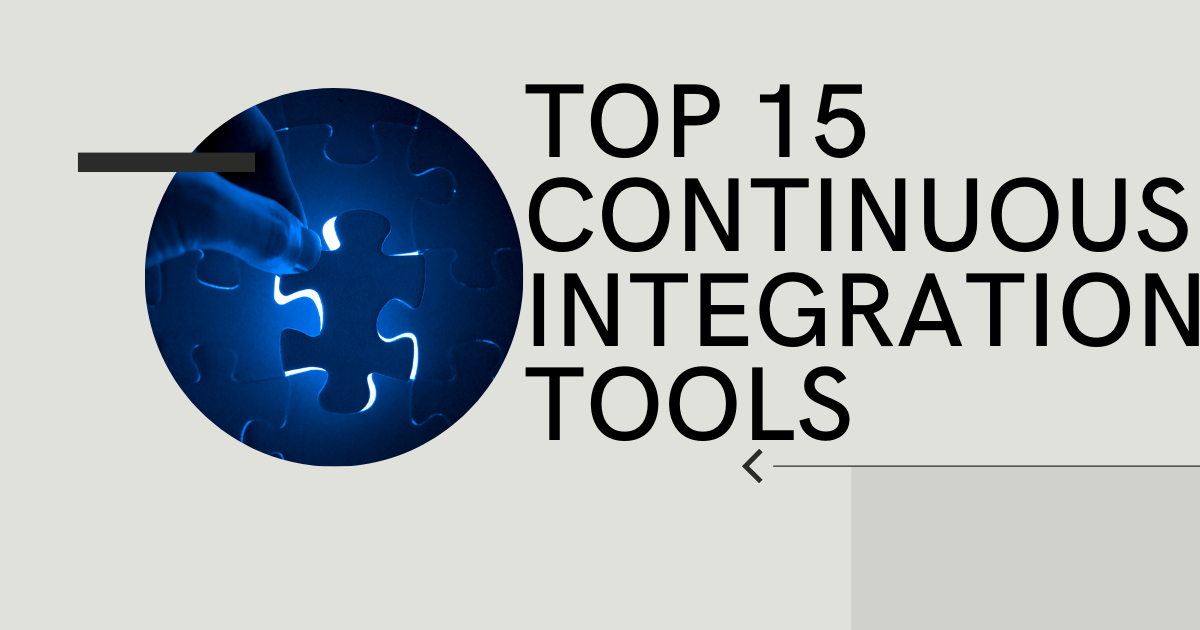Introduction In recent years, e-commerce has transformed the way people shop. Customers now prefer the convenience of buying products online, and this trend has pushed traditional retailers to rethink their strategies. Many well-known retail brands are adopting e-commerce models to stay competitive and relevant. This article will explore how traditional retailers are adapting to the e-commerce revolution and the strategies they use to succeed in the digital world.
Table of Contents
- Introduction
- Why Traditional Retailers Are Moving Online
- Strategies Traditional Retailers Use to Adapt to E-Commerce
- Building Online Stores
- Omnichannel Retail Strategy
- Investing in Digital Marketing
- Leveraging Data and Analytics
- Providing Excellent Customer Service
- Expanding Payment Options
- Case Studies: Successful Retailers Who Adapted to E-Commerce
- Case Study 1: Reliance Retail
- Case Study 2: Tata Cliq
- Challenges Faced by Traditional Retailers in E-Commerce
- Future Trends in Retail and E-Commerce
- Conclusion
1. Introduction
E-commerce is growing rapidly in India and across the world. From groceries to electronics, people are buying almost everything online. Traditional retailers, who have been operating brick-and-mortar stores for decades, are now realizing that they need to be a part of this digital shift. Adapting to e-commerce has become essential for survival, and many retailers are already seeing the benefits of going online.
In this article, we will discuss why traditional retailers are embracing e-commerce, what strategies they are using, and how they can overcome the challenges of the digital world. Let’s get started!
2. Why Traditional Retailers Are Moving Online
There are several reasons why traditional retailers are making the shift to e-commerce:
- Changing Customer Preferences: Today’s customers want convenience. They prefer shopping from the comfort of their homes rather than visiting physical stores. By offering online shopping, retailers can attract more customers.
- Increased Reach: E-commerce allows retailers to reach customers beyond their local area. A small store in one city can now sell products across the country.
- 24/7 Shopping: Unlike physical stores that have fixed hours, online stores are open 24/7. This means more sales opportunities.
- Cost Savings: Running an online store can be more cost-effective than maintaining multiple physical locations.
3. Strategies Traditional Retailers Use to Adapt to E-Commerce
3.1 Building Online Stores
The first step for any retailer wanting to go digital is to create an online store. Traditional retailers need a well-designed website where customers can browse products, add them to the cart, and make payments easily. Popular e-commerce platforms like Shopify, Magento, and WooCommerce make it easy for retailers to set up online stores.
3.2 Omnichannel Retail Strategy
An omnichannel retail strategy means providing customers with a seamless shopping experience, whether they shop online, in-store, or through mobile apps. Traditional retailers are combining their physical and online stores, allowing customers to buy products online and pick them up at the store (click-and-collect), return online purchases in-store, and more. This integration makes the shopping experience more flexible and convenient.
3.3 Investing in Digital Marketing
To attract customers online, traditional retailers need to invest in digital marketing. This includes:
- Search Engine Optimization (SEO): Making sure their website appears in search engine results when customers look for products.
- Social Media Marketing: Using platforms like Facebook, Instagram, and Twitter to engage with customers and promote products.
- Email Marketing: Sending newsletters and special offers to keep customers informed.
- Paid Advertising: Using Google Ads, Facebook Ads, and other paid campaigns to reach a larger audience.
3.4 Leveraging Data and Analytics
Data is a valuable asset for retailers. By analyzing customer data, retailers can understand shopping patterns, preferences, and buying behavior. This helps them create personalized offers, stock the right products, and improve customer satisfaction. Traditional retailers are using data analytics tools to get insights and make informed decisions.
3.5 Providing Excellent Customer Service
Customer service is as important online as it is in physical stores. Traditional retailers need to ensure that customers have a smooth shopping experience on their websites. This includes easy navigation, clear product descriptions, simple checkout processes, and responsive customer support. Offering multiple contact options, such as live chat, email, and phone support, helps in building trust with customers.
3.6 Expanding Payment Options
In India, digital payments are on the rise. Traditional retailers need to offer various payment options, including credit/debit cards, UPI, net banking, and digital wallets like Paytm and PhonePe. Having multiple payment options makes it easier for customers to complete their purchases.
4. Case Studies: Successful Retailers Who Adapted to E-Commerce
Case Study 1: Reliance Retail
Reliance Retail, one of India’s largest retail companies, successfully entered the e-commerce market with platforms like JioMart. They combined their extensive network of physical stores with an online platform, offering customers a wide range of products at competitive prices. Reliance Retail’s integration of offline and online strategies has helped them grow rapidly in the digital space.
Case Study 2: Tata Cliq
Tata Cliq is another example of a traditional retailer entering the e-commerce world. Tata leveraged its brand reputation and created an online platform where customers can buy clothing, electronics, accessories, and more. By offering exclusive deals and a user-friendly website, Tata Cliq has become a popular online shopping destination.
5. Challenges Faced by Traditional Retailers in E-Commerce
While there are many benefits to going digital, traditional retailers also face several challenges:
- Logistics and Delivery: Managing deliveries can be difficult, especially when serving customers across different regions.
- Competition from Online-Only Stores: Traditional retailers face competition from companies that started as e-commerce businesses, like Amazon and Flipkart, which have more experience in the online market.
- Tech Integration: Retailers need to invest in the right technology to manage online stores, customer data, and supply chains. This can be costly and time-consuming.
- Maintaining Brand Identity: Moving online requires retailers to adapt their branding to suit the digital space while maintaining their core values.
6. Future Trends in Retail and E-Commerce
The future of retail is a blend of physical and digital experiences. Here are some trends to watch:
- Artificial Intelligence (AI) and Machine Learning (ML): Retailers are using AI to personalize shopping experiences, improve customer service, and optimize supply chains.
- Augmented Reality (AR): AR technology allows customers to see how products will look before they buy them. For example, they can see how a piece of furniture will look in their home.
- Social Commerce: Shopping directly through social media platforms is becoming more popular. Retailers are integrating their online stores with social media to make it easier for customers to shop.
7. Conclusion
Adapting to e-commerce is no longer a choice but a necessity for traditional retailers. By building online stores, adopting omnichannel strategies, investing in digital marketing, and focusing on customer satisfaction, retailers can succeed in the digital world. While there are challenges, the potential for growth is huge. Retailers who embrace this change will continue to thrive in the future.
Are you a traditional retailer looking to move online? Start by creating a simple and easy-to-navigate online store. Invest in digital marketing and focus on providing excellent customer service. With the right strategies, you can expand your business and reach more customers than ever before!



